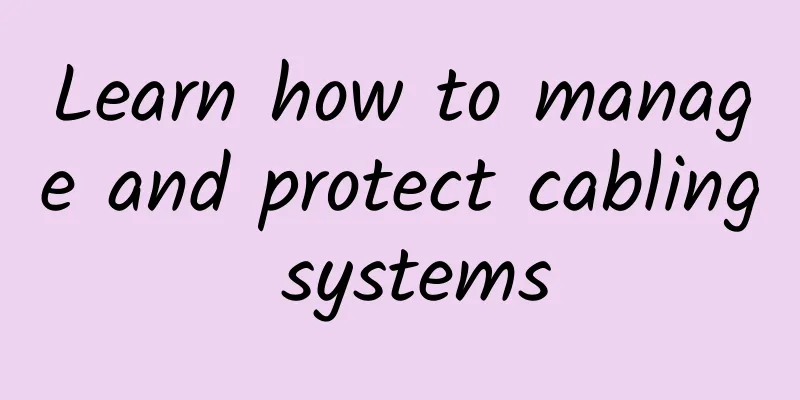HTTP 403 Error: What it means and how to fix it
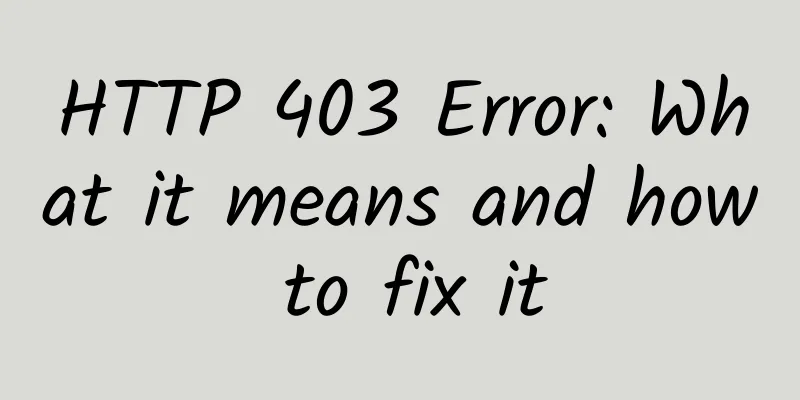
|
While we’re all so used to 404 Not Found pages, and even when we encounter one, we’re relieved by seeing a cute placeholder page, one of the more confusing errors is the 403: Forbidden response.
What does this mean? In short: the server has determined that you are not allowed to access the content you requested. According to RFC 7231: The 403 (Forbidden) status code means that the server understood the request but refuses to authorize it... If authentication credentials were provided in the request, the server considers them insufficient to grant access. The 403 response falls into the 4xx range of HTTP responses: Client Error. It means that you or your browser did something wrong. If you encounter this, it usually means that you have authenticated with the server, that is, you are logged in, but the resource requested requires a higher privileged user to access. The most common case is that you may be logged in as a standard user, but you cannot access the management page. How to solve it? 1. As a user without access to the server, you really only have a few options: Authenticate with a more appropriate account, Again, per RFC 7231: If authentication credentials were provided in the request, the server considered them insufficient to grant access. The client SHOULD NOT automatically repeat the request using the same credentials. The client MAY repeat the request with new or different credentials. This is the only solution that will give you an immediate resolution. 2. Notify the website owner: If you want to access a resource, but you still get a 403 error, then it would be wise to let the development team behind the site know that it might be their mistake. Once again, from RFC 7231: A request might be forbidden for reasons unrelated to the credentials. A common reason for this to happen unexpectedly might be that the server uses an allow list or deny list for specific IP addresses or geographic regions. They might have a good reason for blocking your access outside of strictly defined parameters, but it might also be an oversight. 3. Give up: Give up access to the resource. |
<<: 4 ways 5G will change our lives
>>: HTTP 401 Error vs HTTP 403 Error – Status Code Response Explanation
Recommend
For the first time, such a clear and unconventional explanation of K8S network
[51CTO.com original article] K8S network design a...
IDC: 5G commercialization will greatly benefit the manufacturing industry
The issuance of 5G licenses in China has greatly ...
The cloud also needs its own network. The existence of SDN and VPC
If cloud computing is compared to water resources...
Summary information: Hengchuang Technology/Wuyou Cloud/Hengtian Cloud/Ceraus/ServerSuper
At the beginning of 2022, we received New Year pr...
How to get out of the maze of mixed network management
When people are walking on a broad road, the road...
There is a network engineer who doesn’t understand: What is Overlay network?
An overlay network is one or more virtual logical...
How to quickly master the HTTP protocol (HD mind map)
The HTTP protocol is extremely complex. It affect...
How to detect live hosts in the intranet
During penetration testing, when we take down a s...
How high-quality infrastructure helps data centers cope with business disruptions
As today's corporate organizations are active...
RAKsmart: 1-10Gbps bandwidth unlimited traffic server starting from $149/month, San Jose/Los Angeles data center
This month, we have shared RAKsmart's New Yea...
PacketVM: Netherlands VPS with large hard disk starts at $2.5 per month, Dallas VPS starts at $2.5 per month
PacketVM is a company registered in the UK (numbe...
South Korea's 5G penetration rate exceeds 20%, and 2G networks are about to be completely shut down
South Korea's Ministry of Information and Com...
Operators are enthusiastic about deploying 4.5G: This will affect the commercial use of 5G
In 2017, more and more operators around the world...
Huawei Nantong Cloud Platform is officially launched, and software development cloud reaches strategic cooperation
Today, Huawei Software Development Cloud entered ...
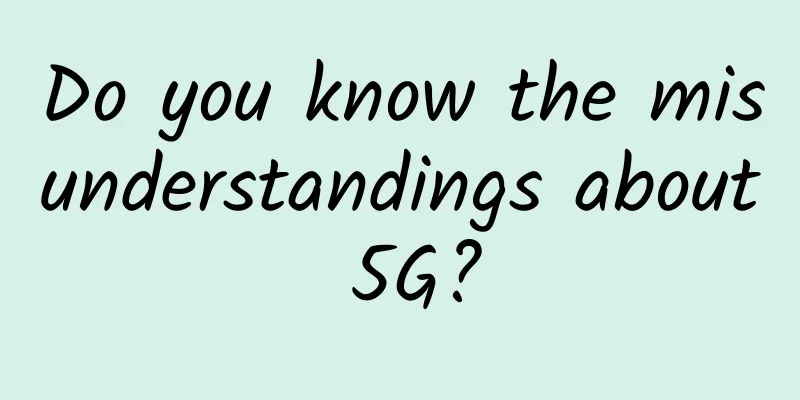
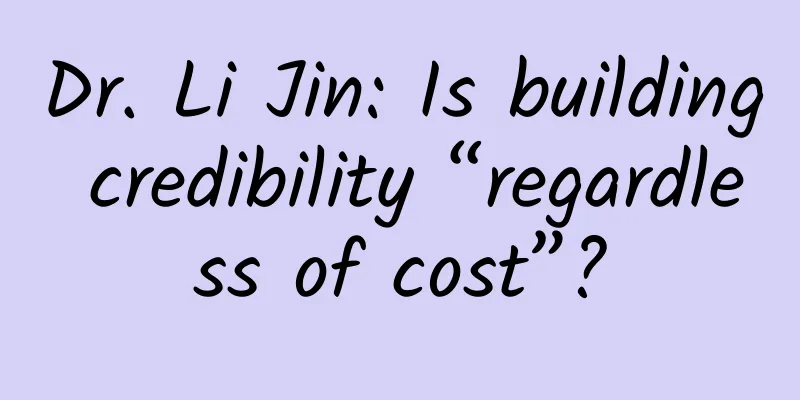

![[Black Friday] DMIT: $139/year-Dual-core/2GB/40G SSD/1TB@300Mbps/Los Angeles CN2 GIA](/upload/images/67cabcd0eefb6.webp)
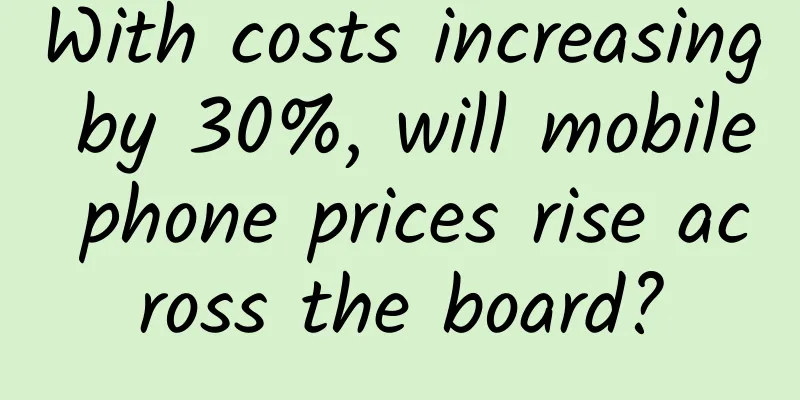

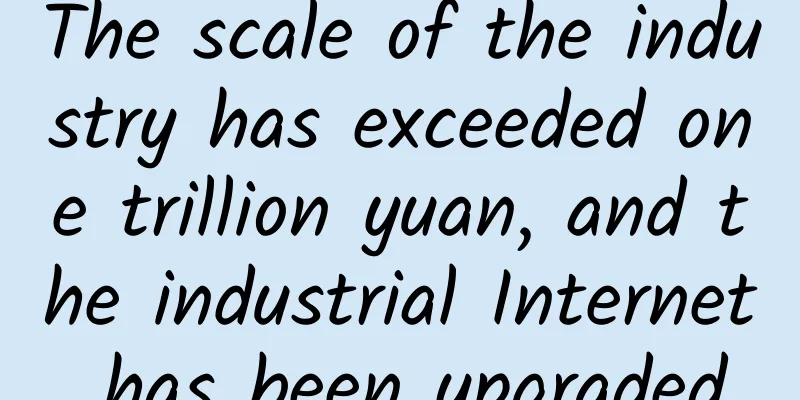

![[Black Friday] Sharktech High-Defense VPS 50% off, $47.7/year-2GB/40GB/4TB/Los Angeles and other data centers](/upload/images/67cac00f76a6f.webp)
